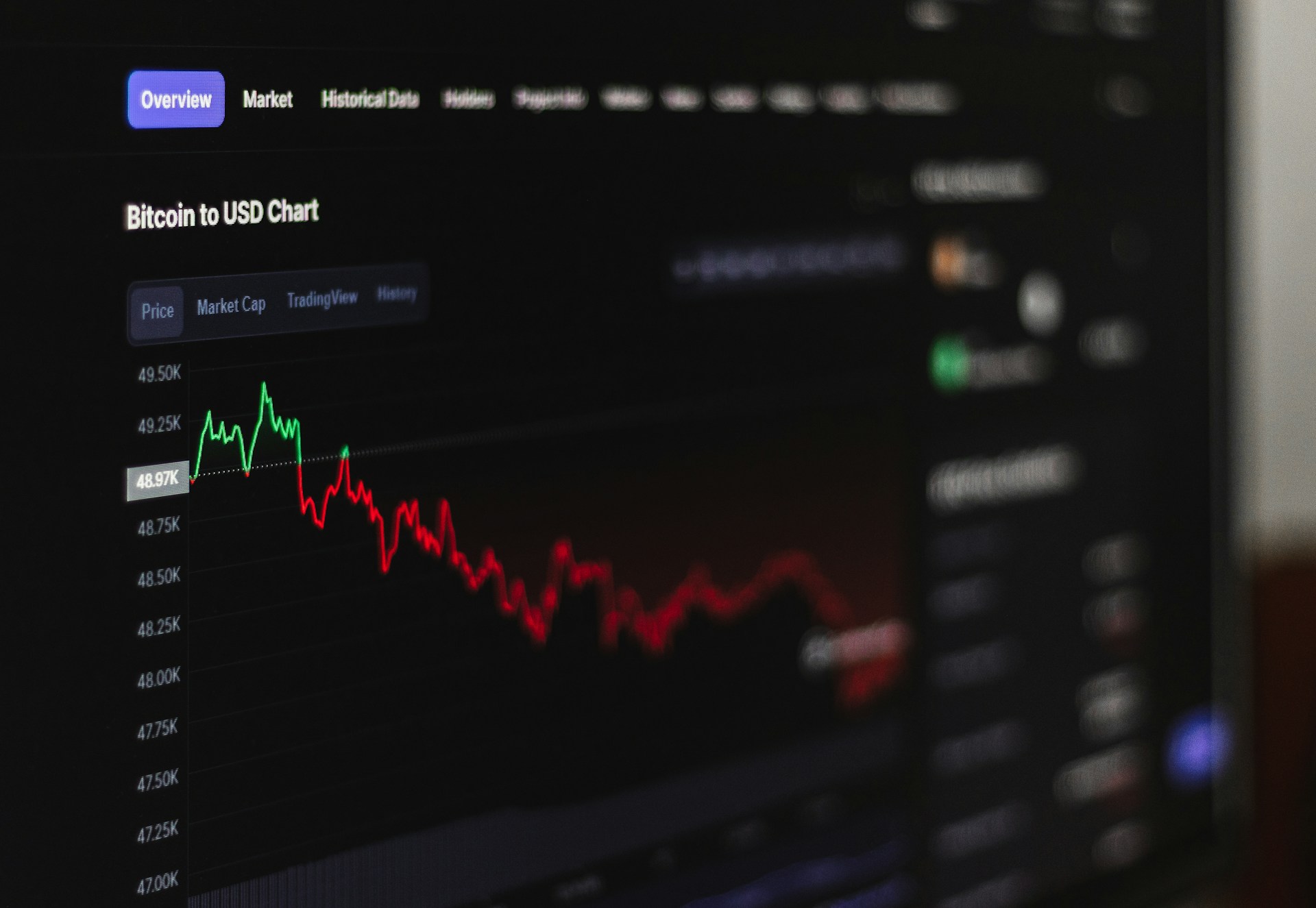Crypto derivatives are gaining popularity among traders looking to speculate on cryptocurrency prices without directly owning the underlying assets. These financial instruments derive their value from the price movements of cryptocurrencies like Bitcoin or Ethereum, and they provide a unique way to capitalize on market volatility.
As cryptocurrency markets grow, platforms such as a UK crypto exchange increasingly offer derivatives, allowing traders to take long and short positions. With their potential for high returns, crypto derivatives attract a wide range of investors. However, they also come with risks, making understanding how they work before trading is essential.
What Are Crypto Derivatives?
Crypto derivatives are financial contracts whose value is derived from the price of an underlying cryptocurrency. Rather than purchasing the cryptocurrency, traders enter into agreements to speculate on its future price movements. Common types of crypto derivatives include futures, options, and swaps.
Futures contracts allow traders to agree to buy or sell a cryptocurrency at a specific price on a future date. Meanwhile, options give the trader the right (but not the obligation) to buy or sell at a predetermined price. Finally, swaps are contracts in which traders exchange future cash flows based on the cryptocurrency’s performance.
These instruments allow traders to profit from both rising and falling markets. Since crypto derivatives are often traded with leverage, they allow traders to control larger positions with less capital. However, while they offer high reward potential, the risk of loss is also significant, which requires readers to have a solid understanding of market trends and risk management strategies.
How Crypto Derivatives Work
Crypto derivatives allow traders to speculate on the price movements of cryptocurrencies without directly owning the assets. These instruments are based on contracts that derive their value from the price of an underlying crypto asset like Bitcoin or Ethereum. Traders enter into a contract, agreeing to buy or sell the cryptocurrency at a future date or price.
Leverage is often used in crypto derivatives trading, enabling traders to control larger positions with a smaller initial investment. This can amplify potential profits, but it also increases the risk of greater losses if the market moves unfavorably.
These contracts are typically traded on the best crypto exchange UK, which act as intermediaries between buyers and sellers. Some platforms offer derivatives for short-term speculation, while others provide long-term contracts. Understanding the mechanics of each type of derivative, such as futures or options, is crucial to managing risk and maximizing the profit potential.
The Benefits of Trading Crypto Derivatives
There are several advantages to trading crypto derivatives. One of the primary benefits is the ability to hedge against price fluctuations. For example, traders can take a short position if they believe a cryptocurrency’s value will decrease, allowing them to profit from falling prices. This flexibility makes derivatives a useful tool in volatile markets.
Another significant benefit is leverage. Crypto derivatives often allow traders to control a larger position with a smaller upfront investment, resulting in higher returns than buying the underlying asset directly. However, leverage should be used with caution, as it can also amplify losses.
Crypto derivatives also enhance market liquidity, making it easier for traders to enter and exit positions quickly. This is particularly important in fast-moving crypto markets where prices can change rapidly. Moreover, crypto derivatives allow traders to access diverse markets and products, increasing opportunities for profit in various market conditions.
Risks and Challenges of Crypto Derivatives
While crypto derivatives offer high potential rewards, they also have significant risks. Using leverage can magnify both profits and losses, making it easy for traders to lose more than their initial investment.
Also, the volatility of cryptocurrency markets increases the risk of unpredictable price swings, which can lead to substantial losses in a short period. Crypto derivatives can also be complex, requiring a strong understanding of the market and trading strategies. The lack of regulation in some regions may expose traders to fraudulent activities or market manipulation, adding another layer of risk.
Regulation and the Future of Crypto Derivatives
As the popularity of crypto derivatives grows, regulators are beginning to examine how they should be governed. In many countries, regulators are working to create clearer frameworks to ensure the safety of investors and the integrity of the market.
The future of crypto derivatives may see stricter regulations aimed at preventing manipulation and protecting traders from excessive risk. These regulations could include transparency requirements, clearer disclosure of fees, and more robust risk management protocols.
The Final Verdict on Crypto Derivatives
Crypto derivatives offer lucrative opportunities but come with significant risks. Understanding their mechanics, benefits, and challenges is crucial for traders. As regulations evolve, the market may become more secure and accessible to all.
